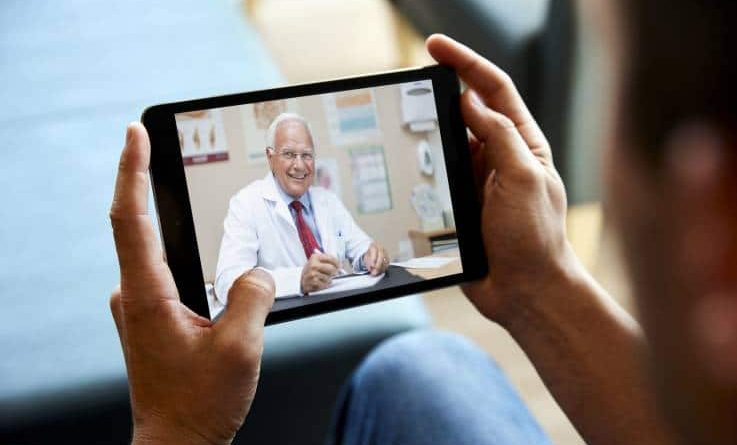How providers can fine-tune their ‘webside’ manner in the age of COVID-19
When COVID-19 started spreading like wildfire in early March, no one realized how quickly we would be forced to adapt our lives and the traditional practice of medicine.
While hospitals in hotspots struggled to stay afloat amid a surge of patients newly diagnosed with COVID-19, ambulatory providers found themselves upended from their routine patient encounters and had no choice but to adopt or at least consider telehealth.
In recent months, virtual visits have surged and are expected to exceed 200 million this year, much higher than projections.1 This growth is on pace with the spread of COVID-19, which has infected more than 2.2 million U.S. residents, as of June 2020.2
This shift to telemedicine has forced many providers out of their comfortable office or hospital setting and into an unfamiliar digital world. With more patients using telehealth than ever before, even physicians with telehealth experience are finding it challenging to keep up with the demand brought on by COVID-19.
One thing hasn’t changed: the importance of the patient experience. Whether providing care in person or online, the patient experience and the quality of care delivered needs to be a priority. Yet, providing an optimal experience via telehealth requires different techniques than an in-person visit. Webside manner, the virtual equivalent of bedside manner, is not often taught, especially during times of crisis, yet it can make or break a patient’s virtual healthcare experience.


